Home>Dining>Events & Etiquette>Which Is The Salad Fork: Table Etiquette
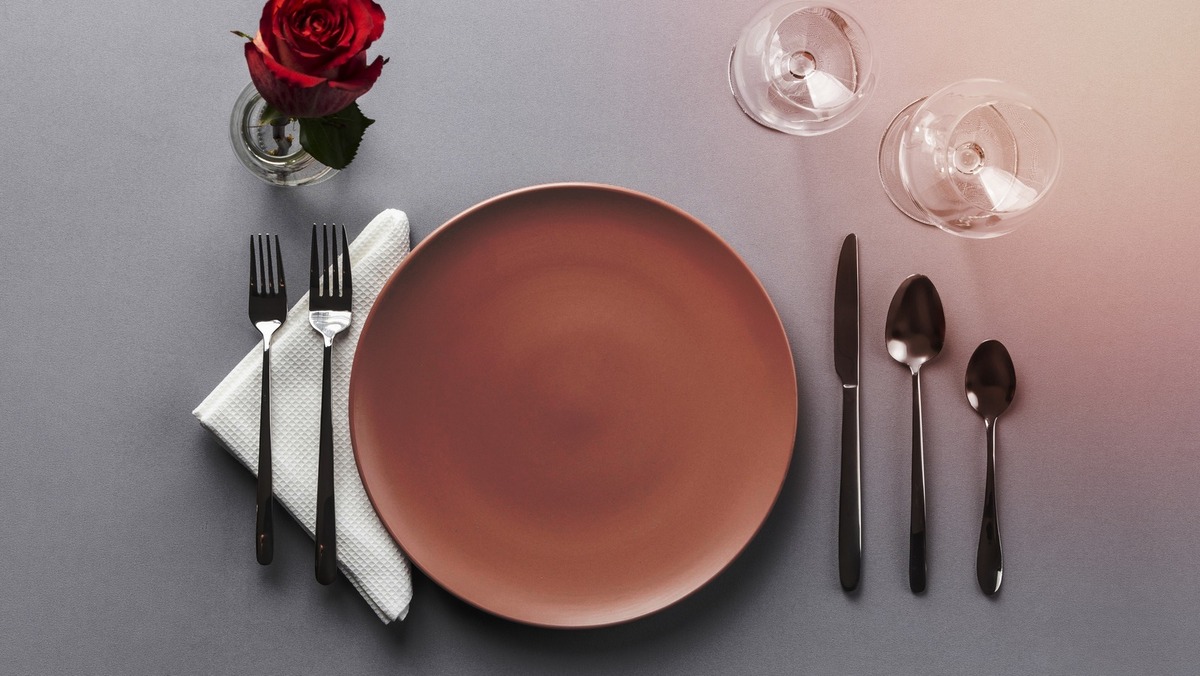

Events & Etiquette
Which Is The Salad Fork: Table Etiquette
Modified: January 5, 2024
Discover proper table etiquette and learn which fork is used for salads with our helpful guide on events etiquette.
(Many of the links in this article redirect to a specific reviewed product. Your purchase of these products through affiliate links helps to generate commission for Storables.com, at no extra cost. Learn more)
Introduction
When it comes to attending formal events or dining in fine restaurants, understanding and practicing proper table etiquette is essential. Table etiquette refers to the set of social rules and customs that guide behavior at the dining table. It encompasses everything from how to hold utensils correctly to knowing which fork to use for each course.
In this article, we will focus on one specific aspect of table etiquette: identifying the salad fork. While it may seem like a minor detail, using the correct fork shows respect for the host and demonstrates your knowledge of proper dining etiquette.
So, without further ado, let’s dive into the fascinating world of table etiquette and uncover the secrets behind the elusive salad fork.
Key Takeaways:
- Mastering table etiquette involves more than just identifying the salad fork. It’s about projecting confidence, engaging in polite conversation, and respecting personal space to enhance the dining experience.
- Avoid common mistakes like using the wrong fork or starting with the incorrect utensil. Embrace the art of conversation, maintain good posture, and exude elegance to make a positive impression at any dining setting.
Read more: Which One Is The Salad Fork?
Understanding Table Etiquette
Table etiquette serves several purposes: it establishes a sense of decorum, promotes social interaction, and ensures a smooth and enjoyable dining experience for everyone involved. Having a grasp of basic table etiquette is beneficial not only for formal events but also for everyday meals.
One key aspect of table etiquette is the proper use of utensils. Different utensils are designated for specific purposes, such as cutting, scooping, and stirring. Understanding which utensil to use for each course is crucial for maintaining a polished appearance at the dining table.
In addition to utensils, table etiquette also encompasses other essential elements, including napkin placement, appropriate posture, making polite conversation, and respecting personal space. These guidelines may vary slightly depending on the cultural context or the level of formality of the event.
By adhering to table etiquette, you can project a positive image, regardless of the setting. Whether you are attending a business lunch, a wedding reception, or a fancy dinner party, having a good understanding of table etiquette will allow you to navigate the dining experience with ease and confidence.
Identifying the Salad Fork
Now, let’s focus on the specific task at hand: identifying the salad fork. In a formal setting, a complete table setting includes an array of utensils, each designed for a particular purpose. Knowing which fork to use for each course can be confusing, but don’t worry, we’ll clarify the mystery surrounding the salad fork.
The salad fork is typically smaller than the dinner fork and is placed to the left of the dinner plate. It is distinguished by its slightly shorter tines and sometimes a slightly wider and rounded shape. Some restaurants or formal events may have specific markings or designs on the handle of the salad fork to differentiate it from other utensils.
In the conventional place setting, the salad fork is positioned to the left of the dinner fork, closer to the plate. It is important to note that the order of use for the forks is from the outside-in. This means that the fork farthest from the plate is used for the first course, while the fork closest to the plate is used for the main course. Therefore, the dinner fork is used for the main course, and the salad fork is used for the salad course, which is typically served before the main course.
If you are unsure about which fork to use, observe the behavior of the host or follow the lead of others at the table. Pay attention to the sequence in which they use the utensils and follow suit.
Now that you have a better understanding of how to identify the salad fork, let’s explore some common mistakes people make when it comes to table etiquette.
The salad fork is typically smaller and located to the left of the dinner fork. It is used for eating salad or appetizers.
Common Mistakes in Identifying the Salad Fork
Identifying the salad fork can be a source of confusion for many people, leading to common mistakes in table etiquette. Avoiding these mistakes will not only prevent embarrassment but also demonstrate your knowledge of proper dining etiquette. Let’s take a look at some of the most common errors:
- Using the wrong fork: One of the most prevalent mistakes is using the wrong fork for the salad course. Some people mistakenly use the dinner fork for the salad, while others may mix up the salad fork with other smaller forks like the dessert fork. Remember, the salad fork is typically smaller and positioned to the left of the dinner fork.
- Starting with the wrong fork: Another mistake is starting the meal with the wrong fork. As mentioned earlier, when multiple forks are present, always start with the outermost fork and work your way in as each course is served. This ensures that you are using the correct fork for each dish.
- Leaving the salad fork untouched: Some individuals may assume that the salad course does not require a separate fork and choose to use their dinner fork throughout the entire meal. However, it is important to use the designated salad fork for the salad course to maintain proper table etiquette.
- Using incorrect utensil placement: Improperly placing the utensils can also lead to confusion. The salad fork should be placed to the left of the dinner fork, while the dessert fork should be positioned above the dinner plate. Incorrect placement of utensils may indicate unfamiliarity with proper table setting.
- Using the wrong end of the fork: While it may seem obvious, using the wrong end of the fork is a mistake that occasionally occurs. Always remember to hold the fork with the tines pointing upward, ready for use. Using it the other way around can appear awkward and unrefined.
By avoiding these common mistakes, you can demonstrate your understanding of table etiquette and ensure a smooth and graceful dining experience.
Tips for Proper Table Etiquette
Mastering proper table etiquette goes beyond just identifying the salad fork. Here are some essential tips to help you navigate the dining experience with grace and poise:
- Napkin etiquette: When seated, unfold your napkin and place it on your lap. Use your napkin to gently blot your mouth as needed, but avoid wiping your face or blowing your nose with it. At the end of the meal, loosely fold your napkin and place it to the left of your plate.
- Utensil handling: Hold your utensils properly by gripping the handle, not the actual utensil. Avoid waving or pointing with your utensils while engaging in conversation, and never lick or suck on your utensils.
- Posture: Sit up straight with your shoulders back, without slouching or leaning on the table. Keep your elbows close to your body, avoiding any space invasion of your neighboring diners.
- Chewing and talking: Chew your food quietly and with your mouth closed. Do not speak with a full mouth, as it can be unappetizing and impolite.
- Engaging in polite conversation: Take part in pleasant and appropriate conversation, but avoid controversial or sensitive topics. Be an active listener and engage with others at the table in a respectful manner.
- Respecting personal space: Be mindful of personal space and avoid invading the space of others. Keep your belongings, such as bags or phones, neatly placed beside or under your chair.
- Handling difficult foods: When encountering challenging foods, such as pitted olives or fishbones, discreetly and delicately remove them from your mouth using your fingers or utensils. Spit out any inedible components into a napkin or discreetly onto your plate.
- Following the host: Observe and follow the lead of the host or the most senior person at the table in terms of when to start eating, passing dishes, and using utensils.
By adhering to these tips, you can exude confidence and elegance, making the dining experience a pleasant one for yourself and those around you.
Read more: Which Fork Is Bigger Than A Salad Fork?
Conclusion
Proper table etiquette is an essential skill that can make a significant difference in formal events and fine dining experiences. Understanding how to identify the salad fork is just one aspect of mastering table etiquette.
By familiarizing yourself with table etiquette, you can navigate any dining setting with confidence and grace. Remember to pay attention to the placement and use of utensils, engage in polite conversation, and respect personal space. Avoid common mistakes such as using the wrong fork or starting with the incorrect utensil. Following these guidelines will help you project an image of sophistication and respect for the host.
In addition, don’t forget to embrace the art of conversation, actively listen to others, and maintain good posture throughout the meal. Use your napkin properly, chew with your mouth closed, and be mindful of personal space.
By practicing proper table etiquette, you not only show respect for those around you but also enhance your own dining experience. Whether you are attending a business lunch or a formal dinner party, your knowledge of table etiquette will set you apart and make a positive impression.
So, the next time you find yourself at a beautifully set table, take a moment to appreciate the finer details, including the salad fork. Embrace the opportunity to practice proper table etiquette and savor the unforgettable experience of dining with elegance and sophistication.
Frequently Asked Questions about Which Is The Salad Fork: Table Etiquette
Was this page helpful?
At Storables.com, we guarantee accurate and reliable information. Our content, validated by Expert Board Contributors, is crafted following stringent Editorial Policies. We're committed to providing you with well-researched, expert-backed insights for all your informational needs.
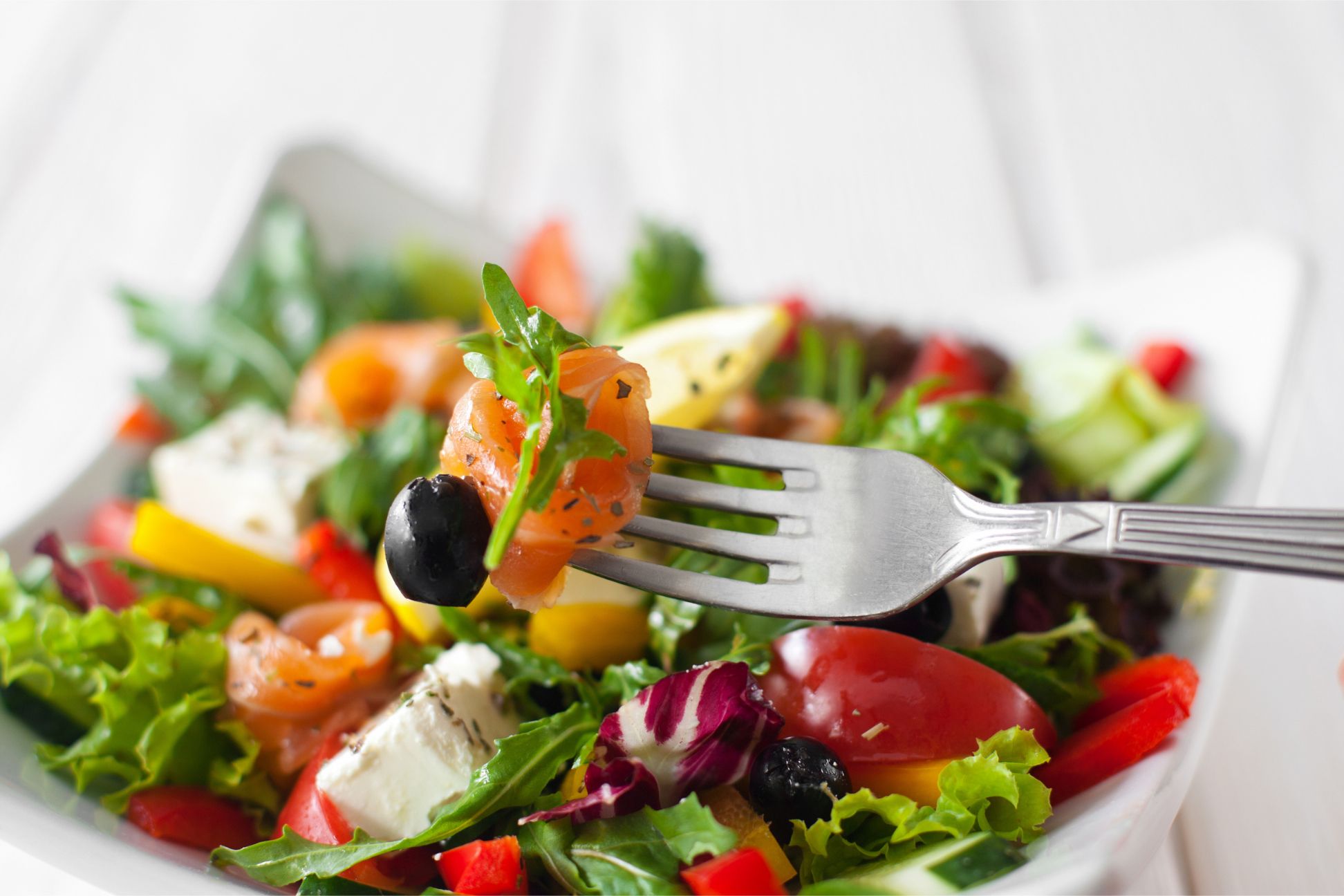
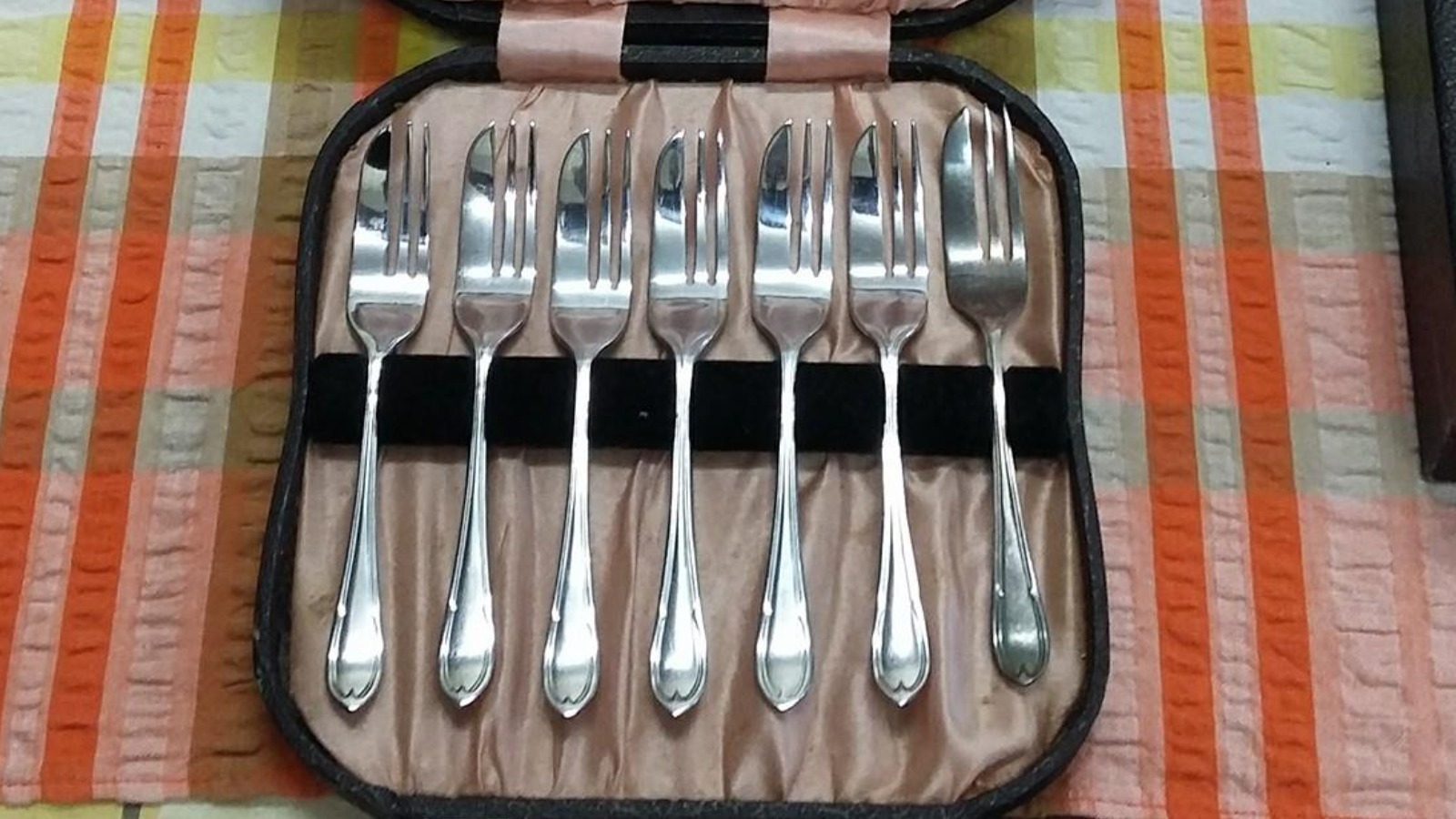
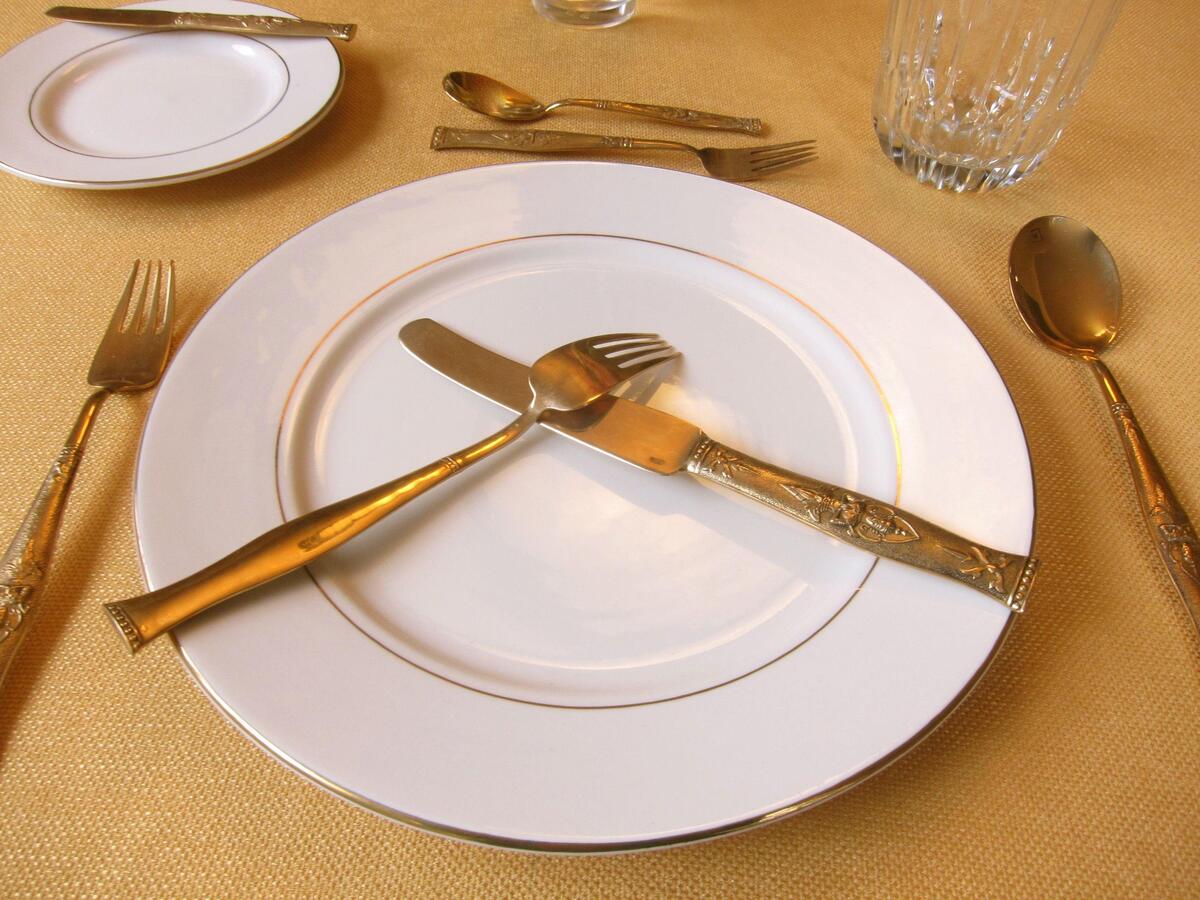
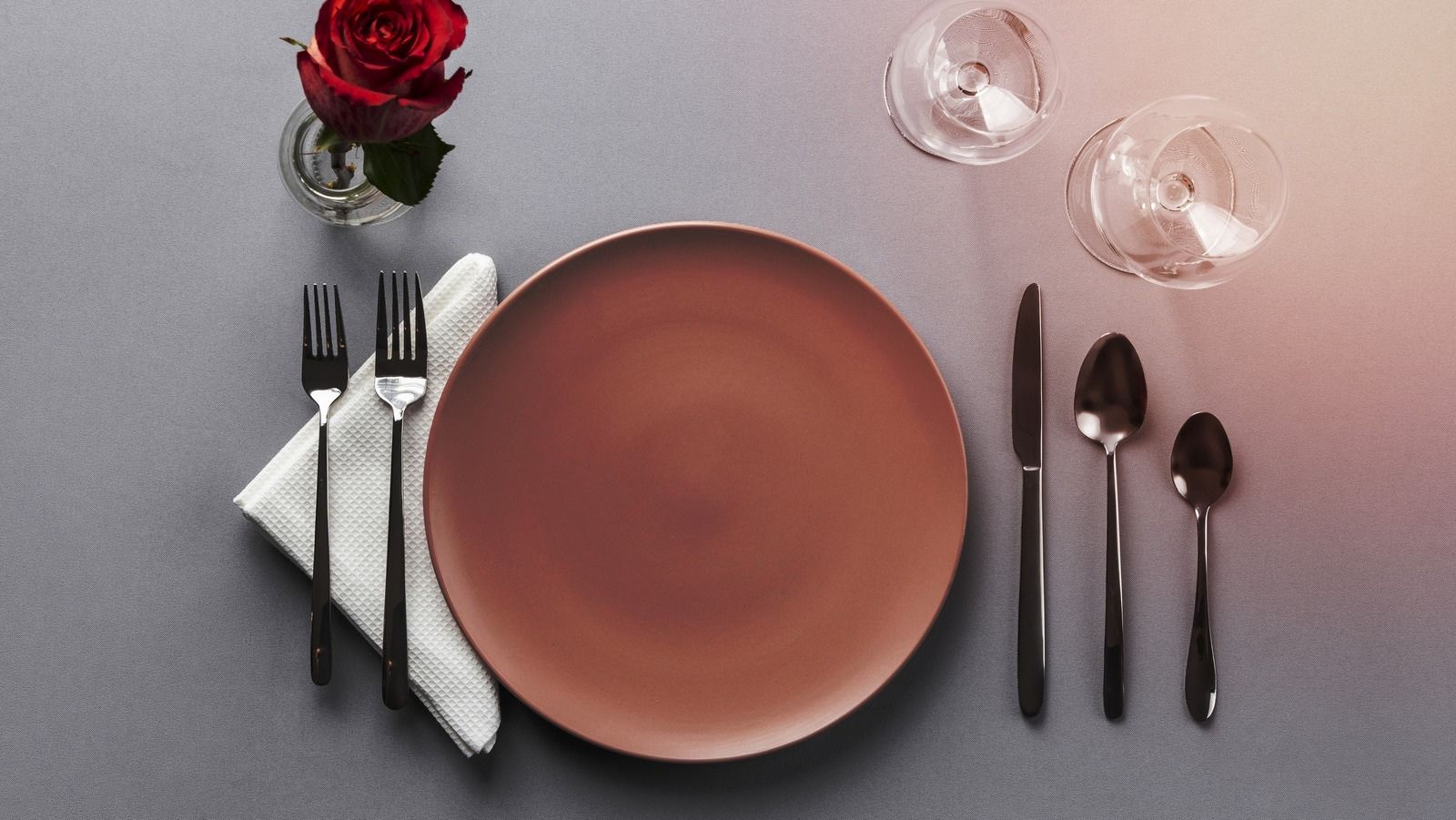
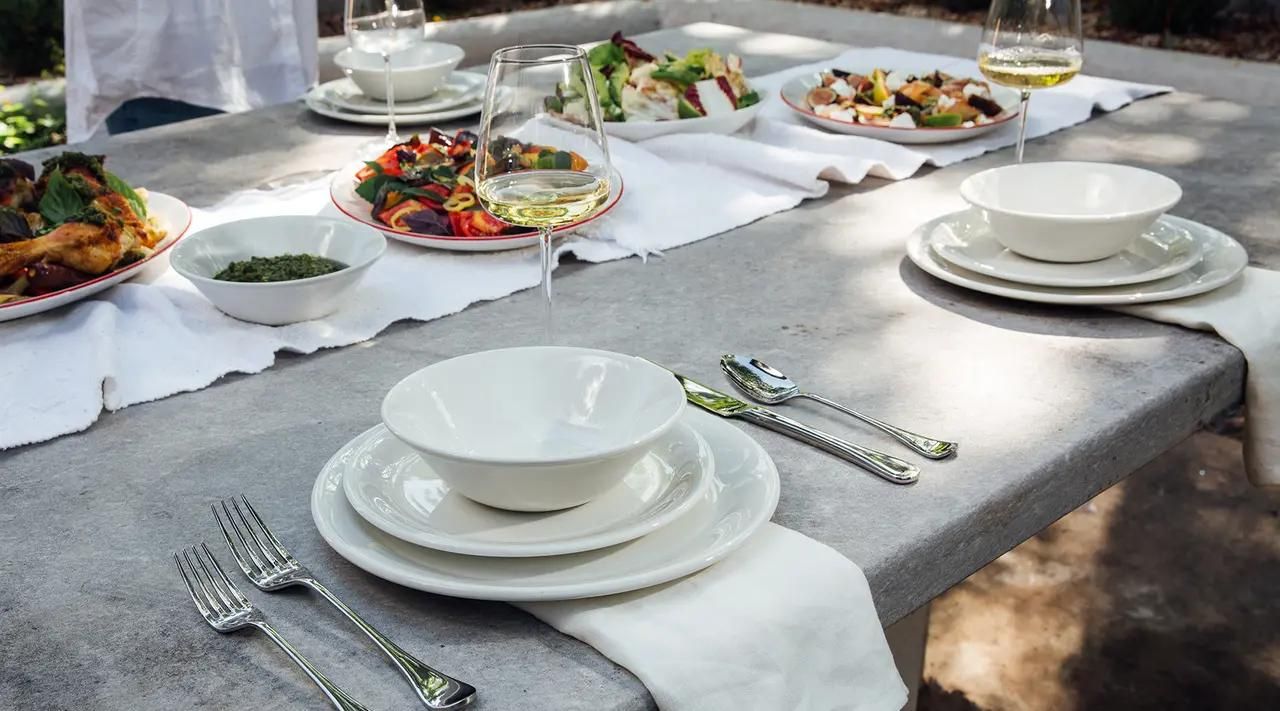
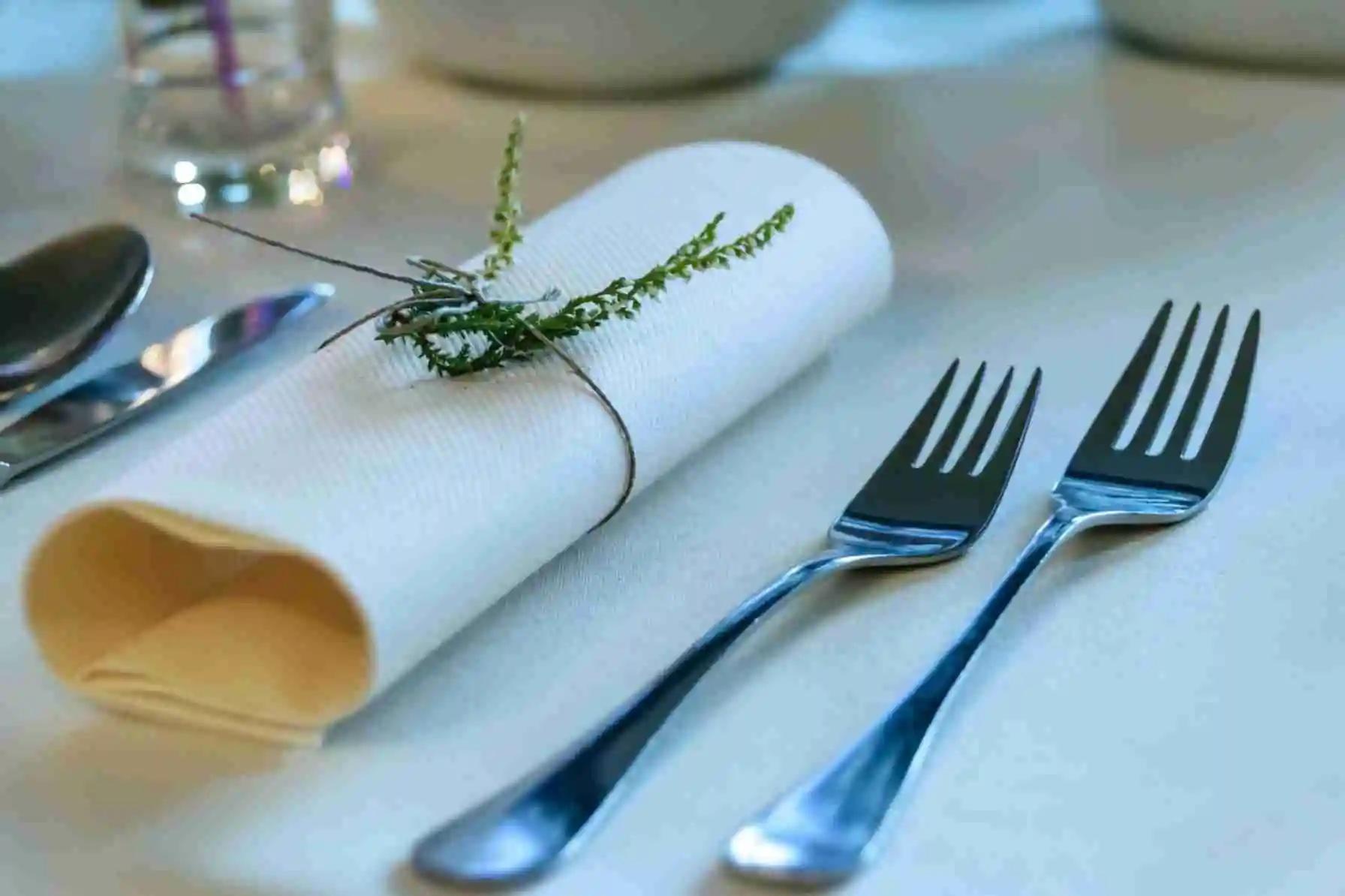
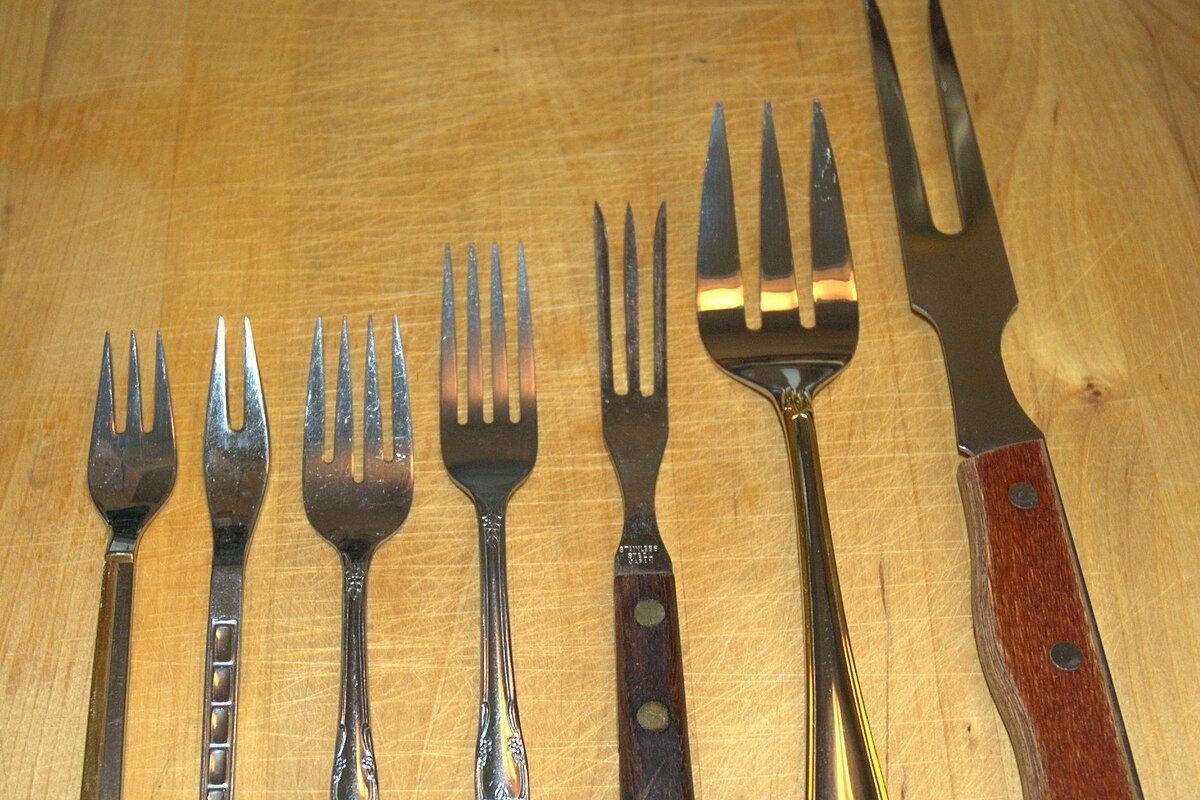
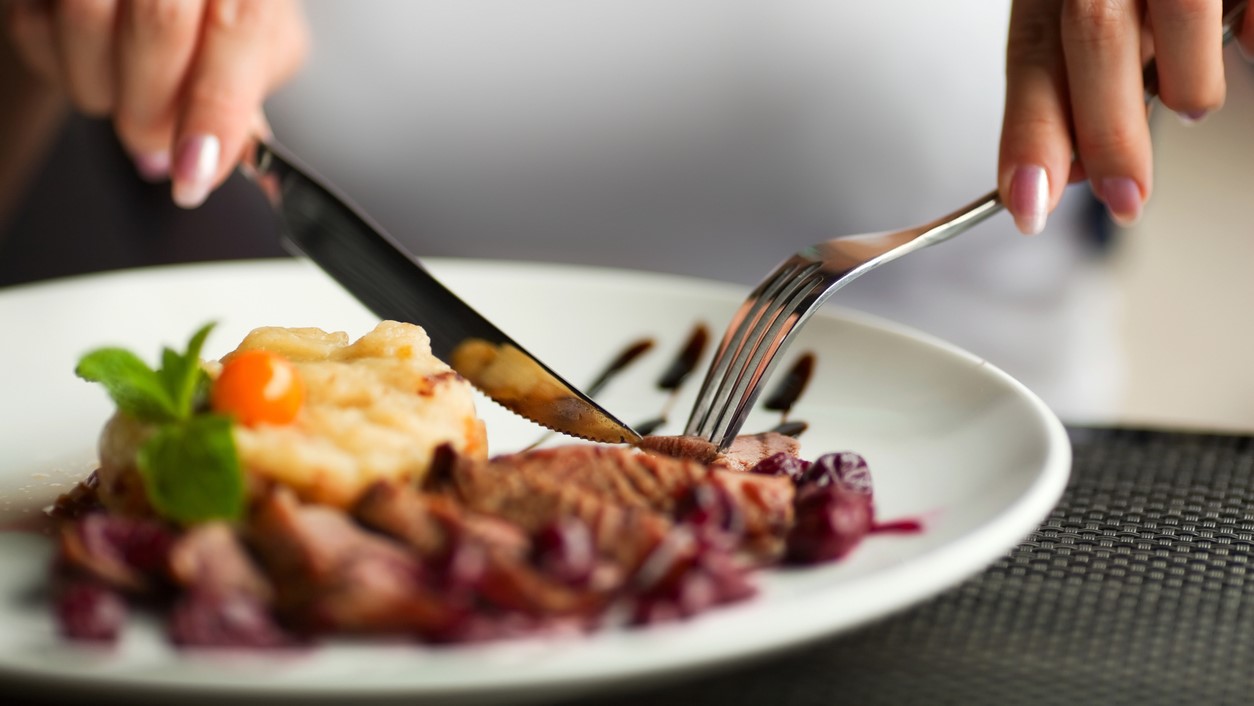
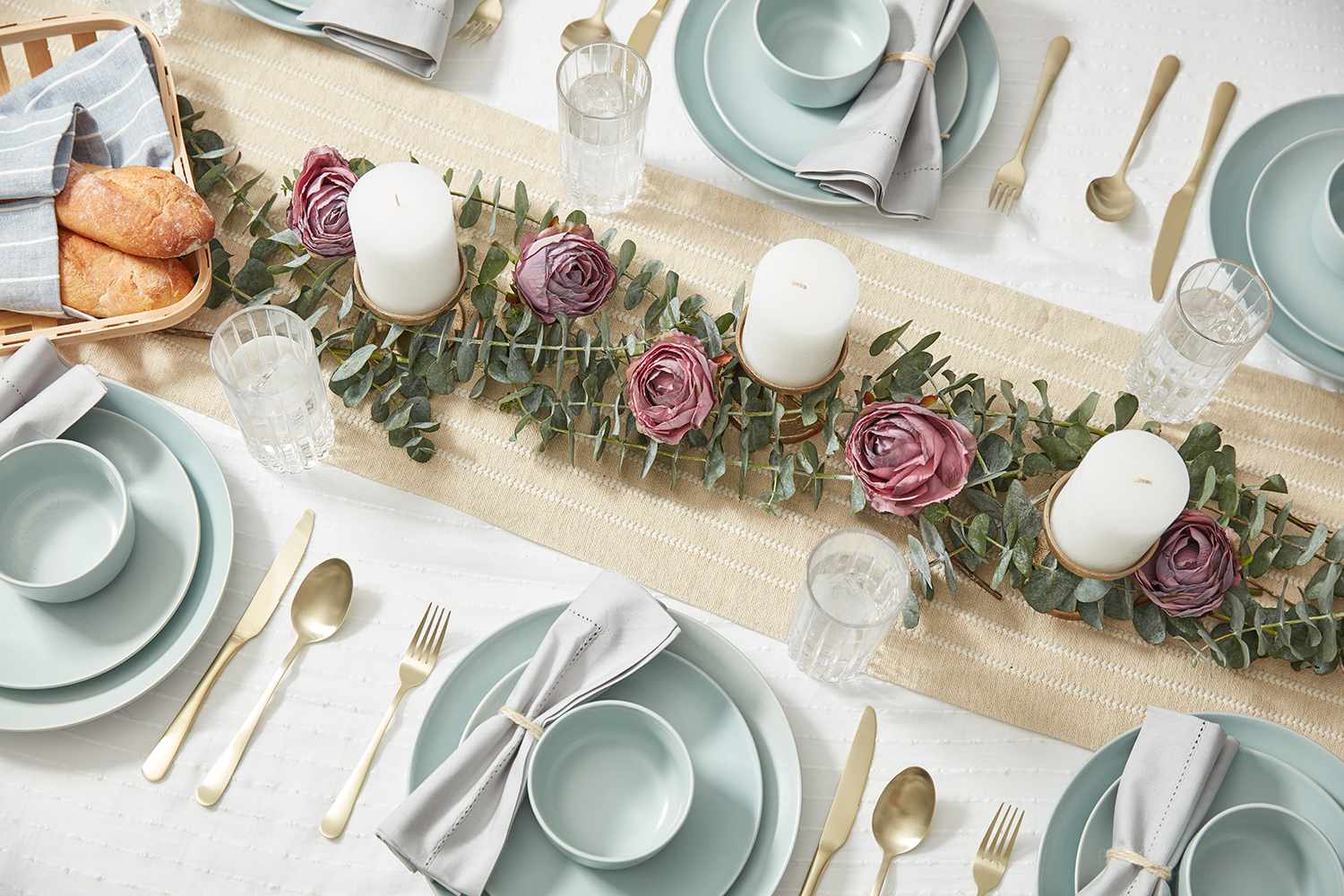
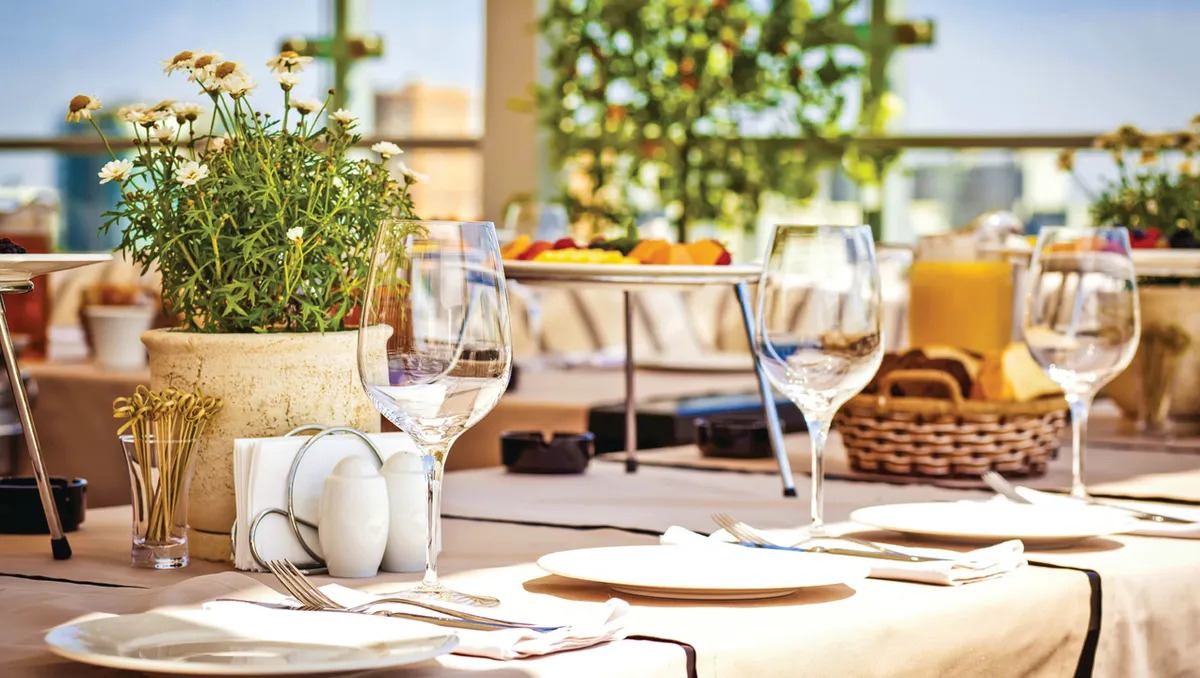
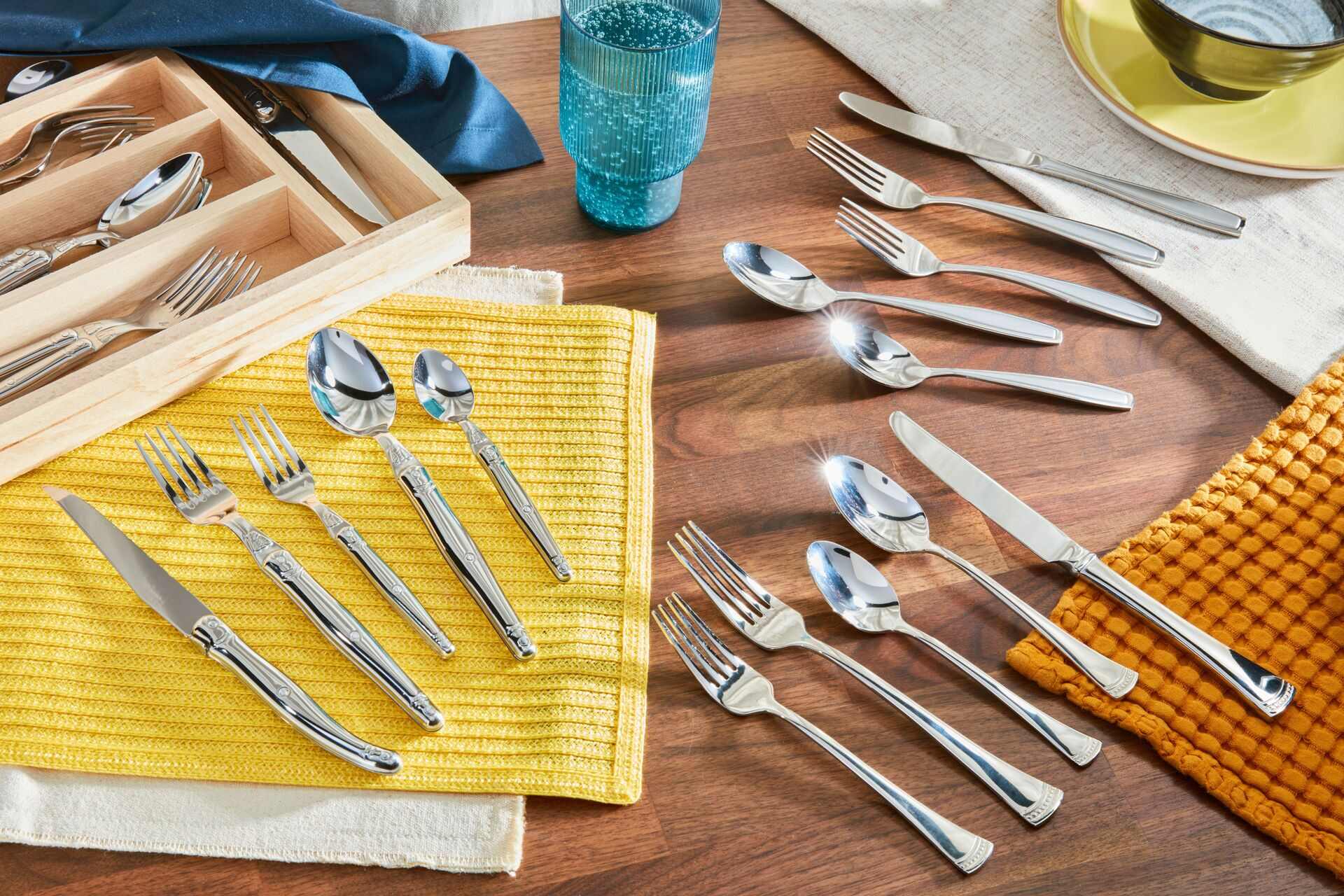
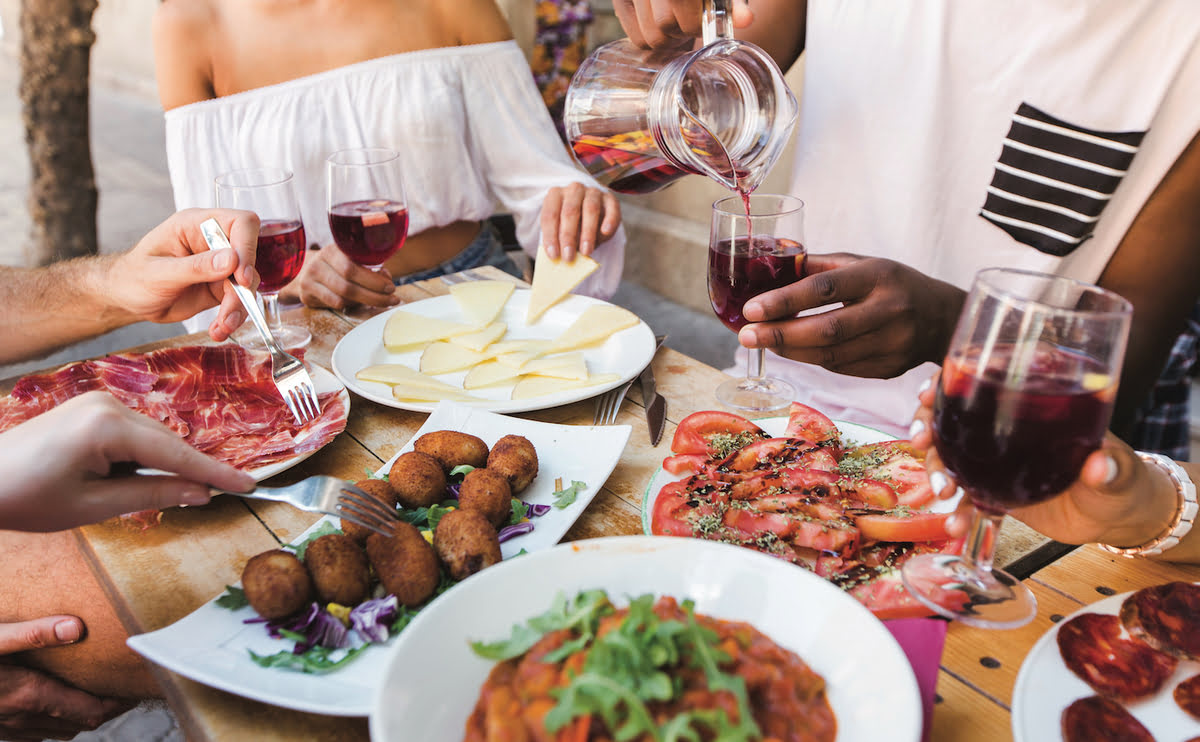
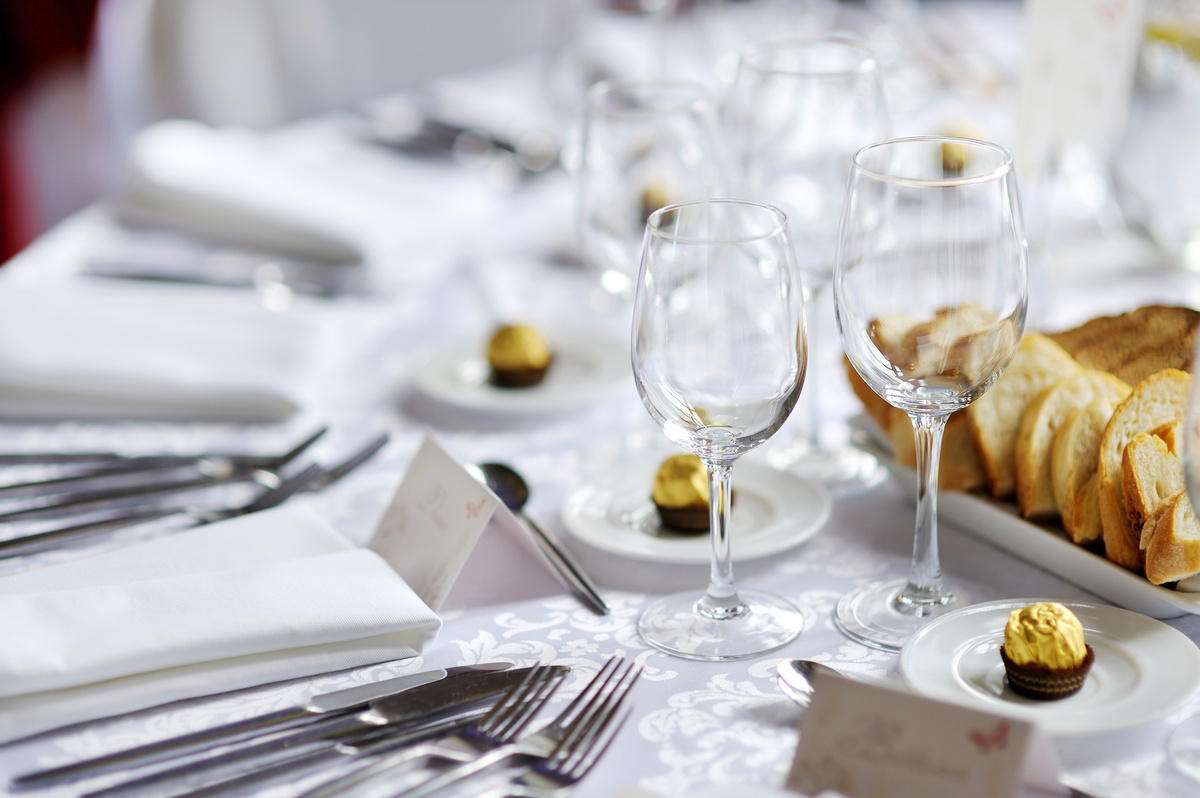
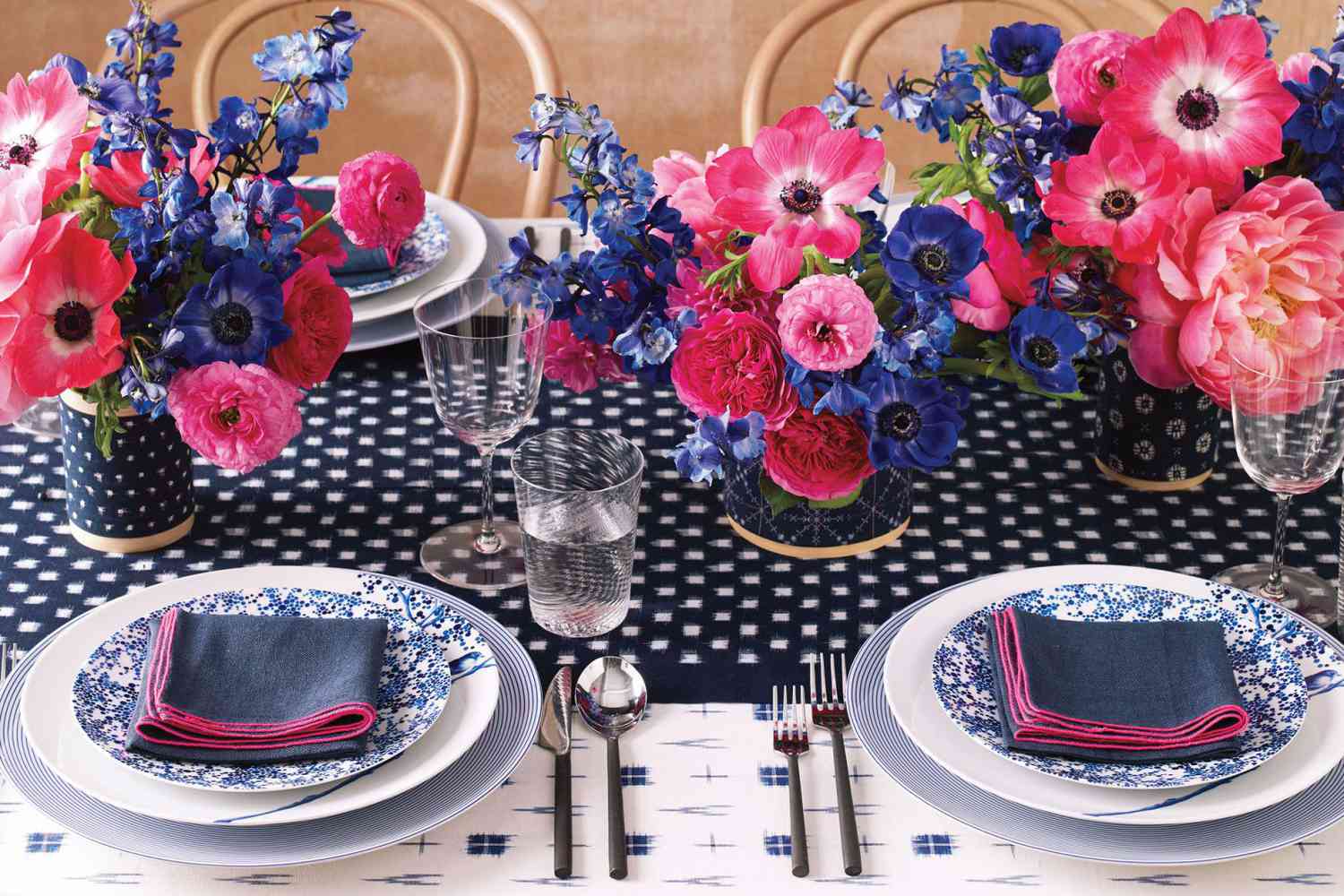

0 thoughts on “Which Is The Salad Fork: Table Etiquette”